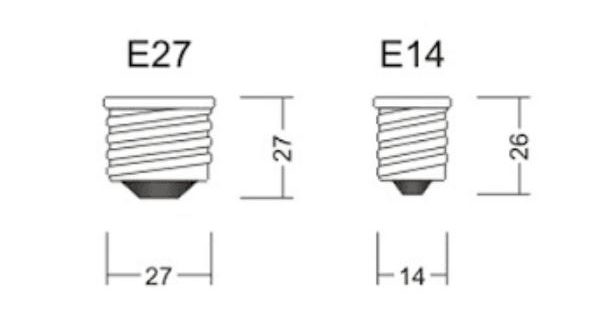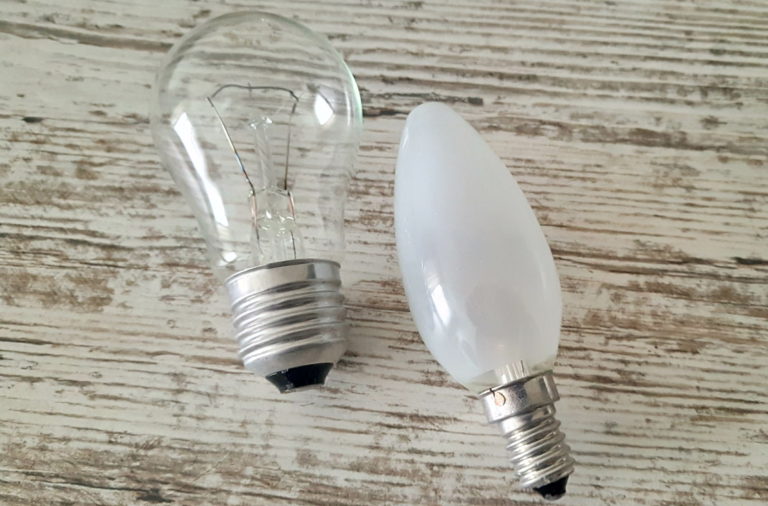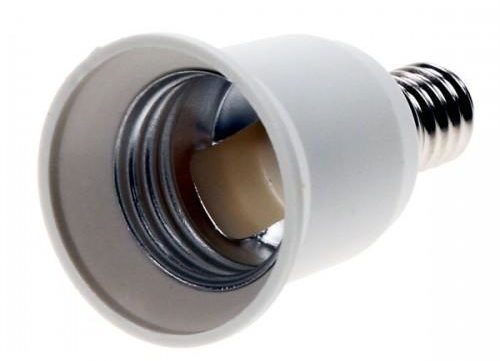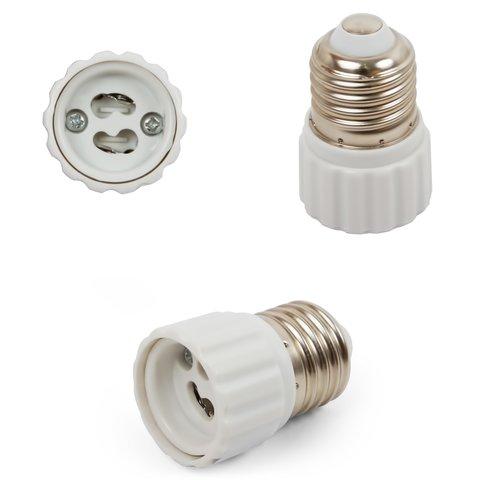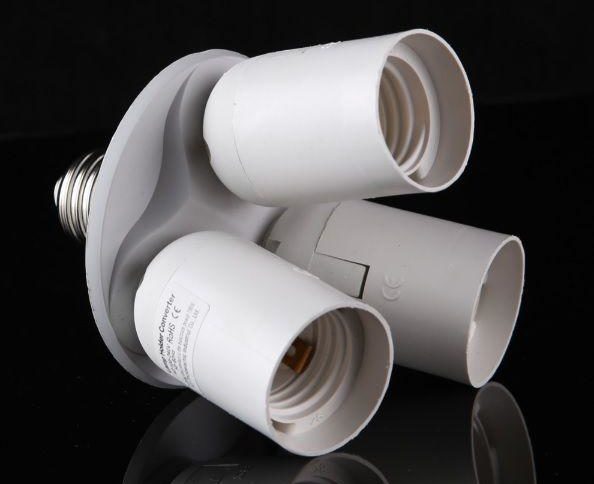What are the types of bulb bases
There are different kinds of lamp bases on the market. They differ from each other by design, areas of application, and materials. To make the right choice, you need to familiarize yourself with the classification, technical and other characteristics of each type.
Design and materials used
To understand the design of plinths, first you need to find out what functions this part performs, and what characteristics should meet:
- The cap acts as a conductor of electricity from the socket to the bulb.
- It is used to fix the element.
- Must withstand the operating temperature.
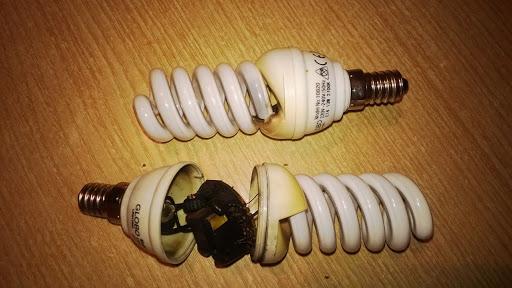
It is the work with high temperatures that is the main task of the socket. Electrical contacts in its design must withstand and transmit currents. In addition, the element may have a special part responsible for the accuracy of positioning, it is important, for example, for a movie projector lamp.
The leads of incandescent bulbs are usually fixed with soft solder, which has a melting point of 180 degrees. Accordingly, the leads should not be heated to high levels. To compensate for thermal expansion, there are spring contacts in the sockets.
Metals and plastics are used in the production of different types of sockets. Metal elements are necessary for connection and current transfer.
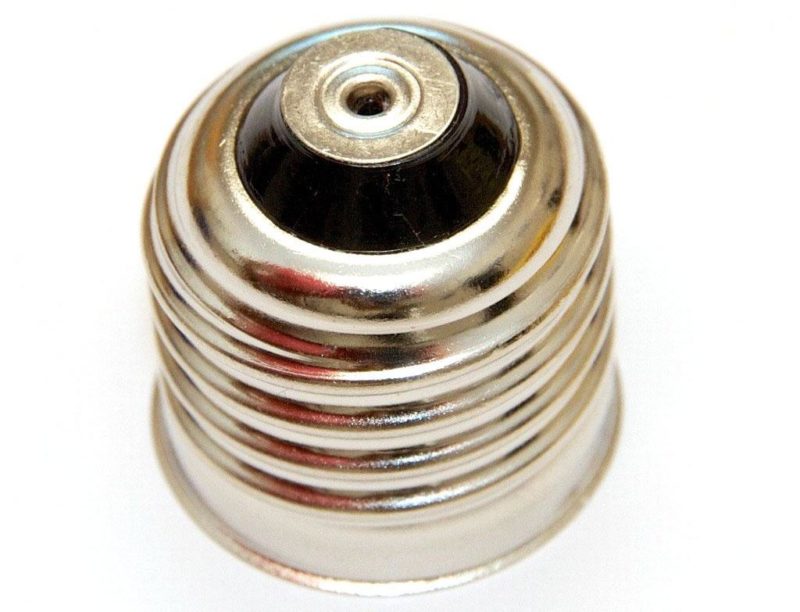
How the bases are labeled
Plinths are marked with a combination of alphanumeric characters. It may consist of two or three parts. It starts with a capital letter, is followed by a number, and is specified by lowercase letters if necessary.
Main letter
An uppercase letter from the Latin alphabet is used. Tells you the type of contact group or how it is located on the lamp. A base letter can tell you the scope of use, the type of connection.
Types of socket designations:
- E - standard Edison threaded base, used in the home for lighting fixtures;
- G - design with pins as contacts;
- R - with the contact recessed in the end;
- B - pin designs;
- S - soffit specimen;
- P - flanged;
- T - telephone type;
- H - for xenon;
- W - wire-type (carbonless).
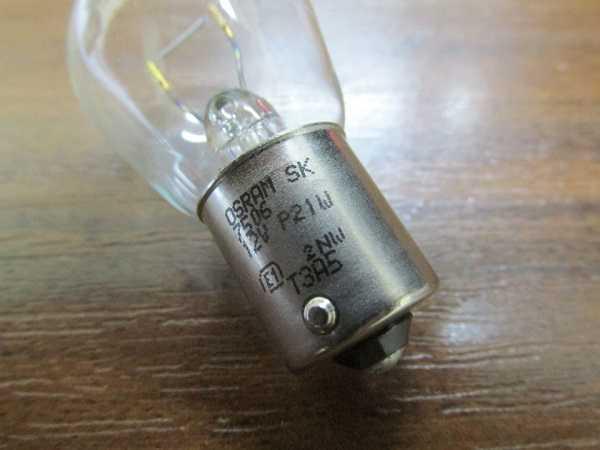
Number
The second obligatory part of the marking are numerical symbols, they indicate the size of the product. Different lamps have different measurements, the number may correspond to the diameter or distance. It is usually measured in millimeters.
Line letters.
Not used in the marking of all designs, give information about the contacts. Also denoted by Latin letters, but in lower case letters.
Marking:
- s - indicates the presence of a single contact;
- d - indicates devices with two contacts;
- t - for products with three pins;
- q - four-pin base units;
- p - five plugs.
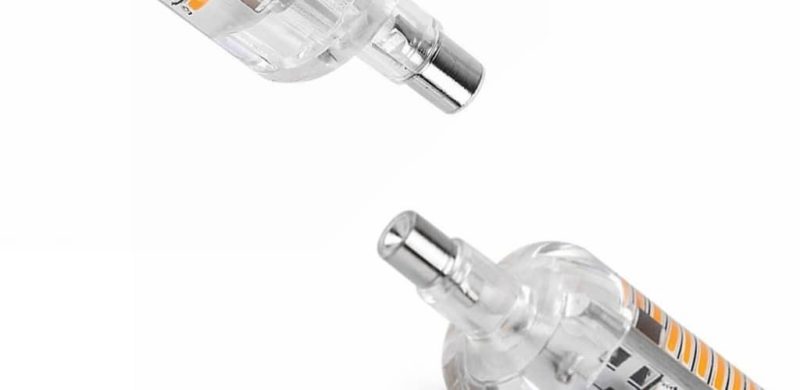
If a lowercase letter is missing from a particular lamp marking, it indicates the usual contact group for that type of lamp.
The main characteristics of the lamp are voltage, wattage, and type of socket. In terms of voltage, the standard version - 220, but there are devices with a smaller value, and with more. In terms of power, the model is chosen based on the needs and capabilities of the device, and the socket is selected under the particular socket.
Socket sizes: areas of application + photo
The marking will only tell you about the belonging of the lamp to one of the types, but full information can be obtained only by getting acquainted with the different socket options. Almost every design has a few more dimensions that determine the application.
Threaded (E)
Models with screw bases are also called Edison lamps after inventor. This is the most common variant of the bases, used everywhere, and the range of lamps is wide: from conventional incandescent devices to modern LED.
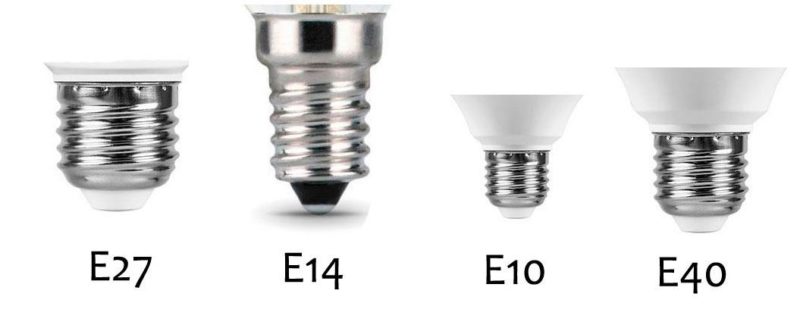
The sizes of threaded bulbs are divided into 4 categories:
- E10 - the smallest version, used in compact lighting fixtures, household appliances;
- E14 - popular household variant of lighting in pendant, wall, table lamps;
- E27 - The most popular variant, also used for medium-power lighting;
- E40 - installed in high-power lamps, particularly in street lamps.
Bayonet (G).
In these devices, the contact connection is no longer a thread, but pins. A simple design ensures a reliable conduct of electricity, the base is used in halogen, fluorescent, LED light sources.
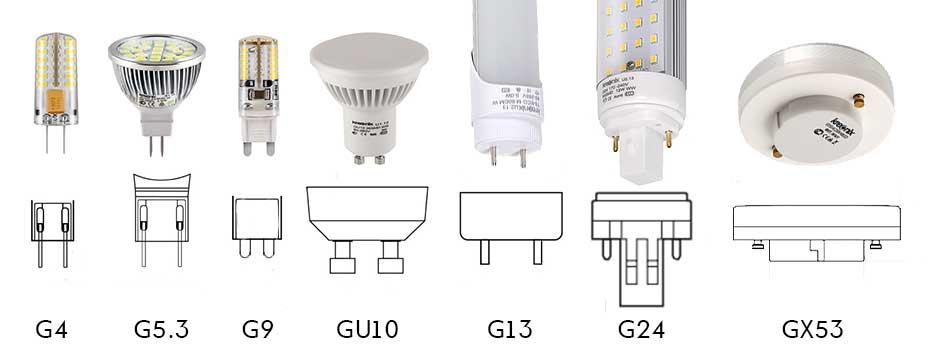
Common pin sizes:
- G4 - This is used in miniature halogen and LED lamps that are used to illuminate furniture, store windows;
- G5.3 - fitted in halogen and LED lamps for spotlights;
- GU10 - differs from G by having swivel joints for increased strength;
- G13 - one of the most popular pin bases, used in tubular light bulbs;
- G23 - is installed in pendant and table lamps.
Table lamps (2G11).
This variety is used in fluorescent table lamps, similar in appearance to G23. The bulb has an elongated U-shape, the construction is additionally equipped with a starter and a capacitor. 2G11 is used not only in lighting fixtures, but also in disinfectant fixtures, they produce bactericidal ultraviolet lamps.
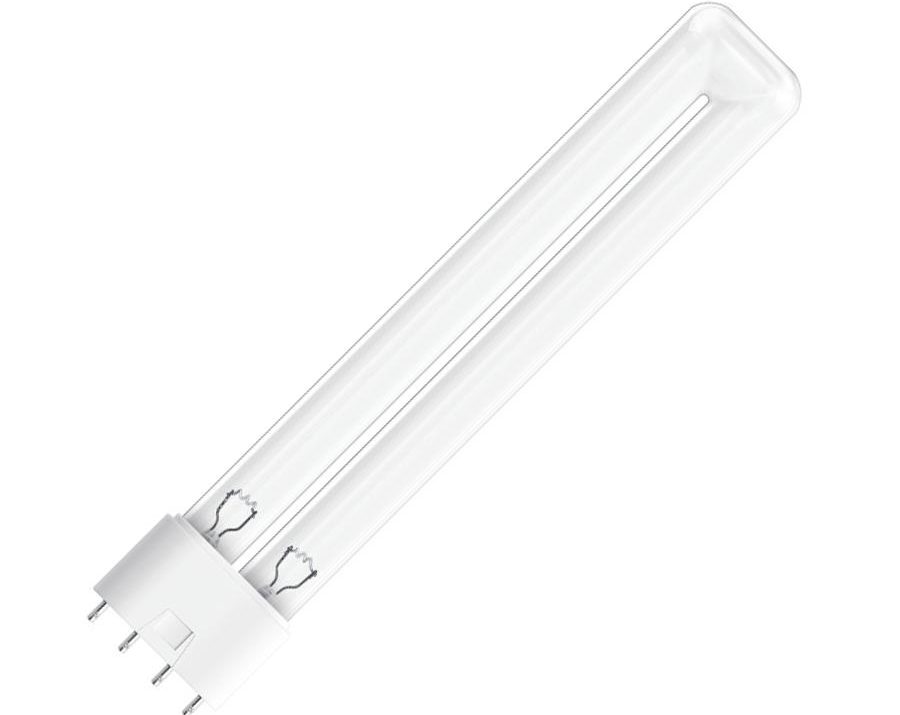
With deep contact (R).
The main difference from other bases is the recessed contact. The most common size is R7s, which is used in LED and halogen lamps in spotlights and industrial luminaires. In addition, the marking may include a number that indicates the length of the lamp. Another area of application of devices with an R-type base is automotive.
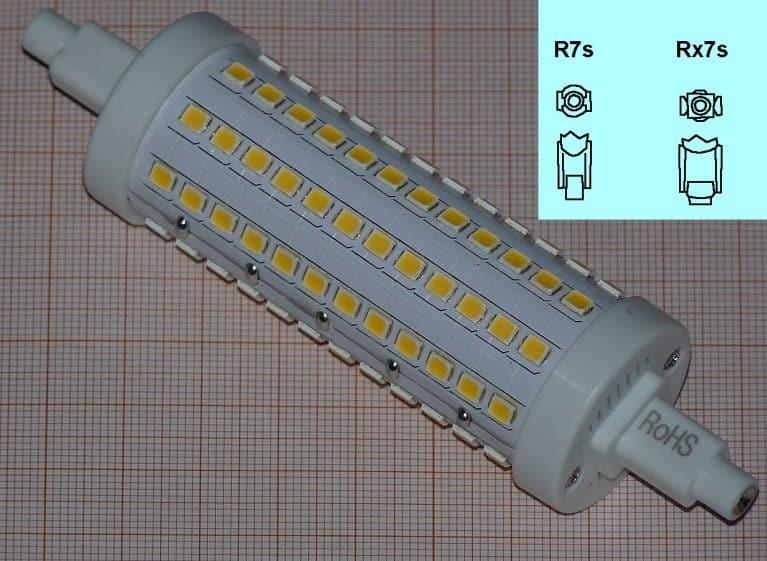
Pin (B).
Installed in dual-spiral automotive light sources. The peculiarity is that the lamp is properly fixed only in one position due to the protruding element. This is necessary for a strictly specified technical characteristic of the light direction. To fix such a bulb in the socket, you need to insert it with a push and turn.
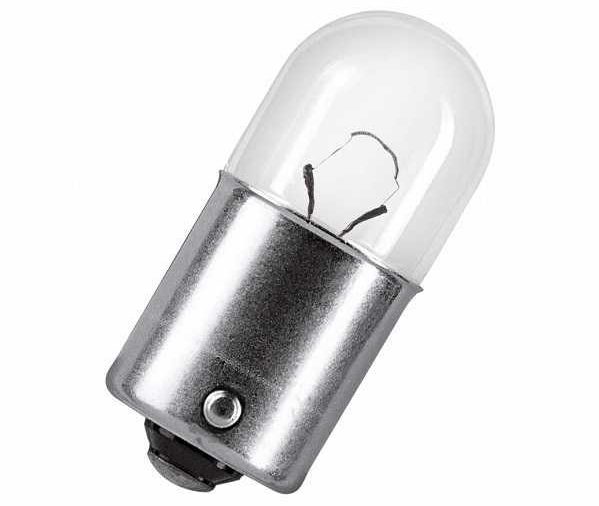
Sophitic (S).
Used mainly in stage equipment, thanks to which they got their name. Today with sofit bases make lamps for decorative illumination (furniture, mirrors) and functional in cars (interior, license plates).
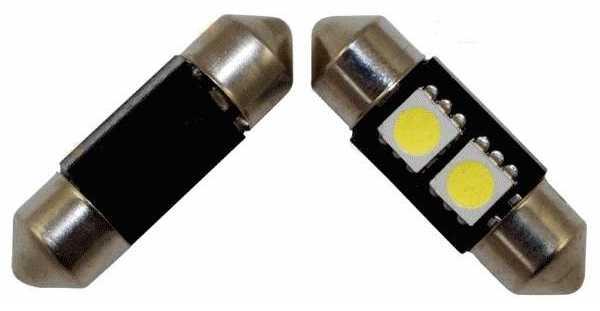
Focusing (P).
The design of such a base has a prefabricated lens, it is designed to direct the focus of light. Thanks to this, the lamp is inserted in a certain position and fixed. Focusing light sources are common in flashlights, movie projectors.
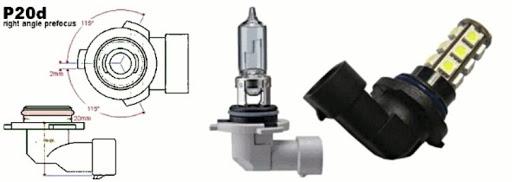
Telephonic (T)
Tiny lamps, installed in control panels, for backlighting of panels, in remote controls. The standard number is the diameter, but the telephone bases are measured in inches, so that T5 is 5/8" in diameter, which is 1.59 cm, and T10 is 3.17 cm.
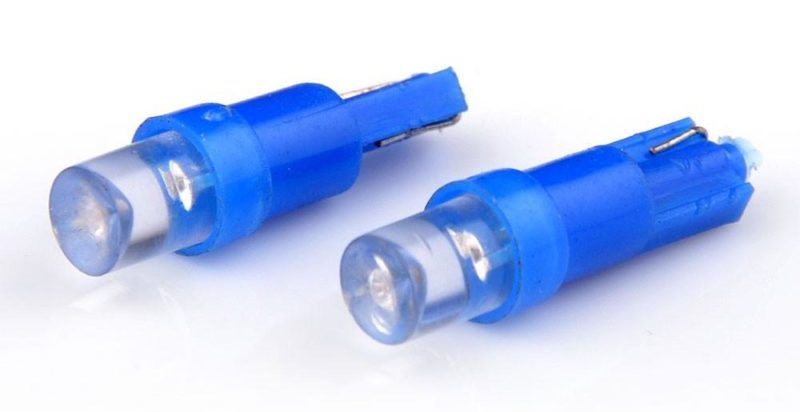
Wired or bare base (W)
The presence of a base as such in the design is not provided, its function is performed by contacts coming from the base of the lamp. The numbers in the marking indicate the thickness of the base with one current input. They are used in festive light garlands, car turn signals.
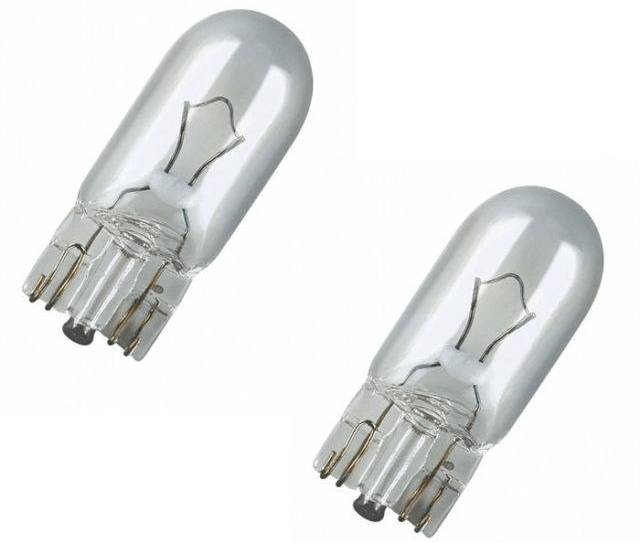
Table with applications
Determining which bulb is used where is not always easy. The table with a list of sizes and applications will help.
| Labeling | Application |
| E14, E27 | Domestic lighting fixtures: floor lamps, chandeliers, wall lamps |
| E40 | Powerful lighting in large rooms, street lighting |
| G4, GU5.3, G9, G10 | Decorative lighting, accent lighting, interior lighting |
| G13 | Oblong tubular lamps |
| 2G11 | Table lamps for lighting and disinfection |
| GX53, GX70 | Recessed, surface mounted lamps |
| GX24q-4 | Downlights, table lamps, interior lighting fixtures |
| R7s | Spotlights, Floor lamps, Floor lamps, Downlights |
| B | Bicuspid automobile lamps |
| S | Furniture, instrument panel, license plate lights |
| P | Flashlights, projectors |
| T | Lighting control panels, control panels |
| W | New Year's Eve lights, automatic swiveling mechanisms |
The marking of the base size is printed on the lamp packaging, in the instruction manual and on the bulb. Also, information about the appropriate light source is given in the instruction manual for each appliance.
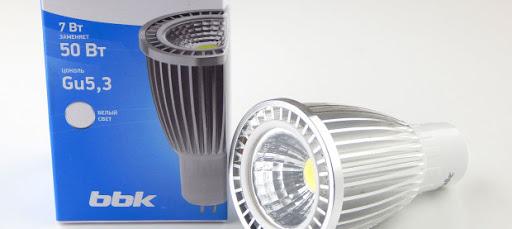
Foreign marking
The above classification of the bases is generally accepted and applied in most countries in the world. But in some areas there are small differences that can be confusing. It is better to familiarize yourself with them in advance:
- Pin joints, which are also called bayonet joints, according to common standards, are marked with the letter B. Some Russian manufacturers mark their products of this type with the Cyrillic letter Sh.
- In the U.S., some companies marked E27 light bulbs with the letter M. And the standard E27 marking is also present on the market.
- Miniature pin bases can be identified not only by the main symbol B, but also by an additional symbol a.
- A separate sub-species is automotive lamps, they are denoted by the letter H.
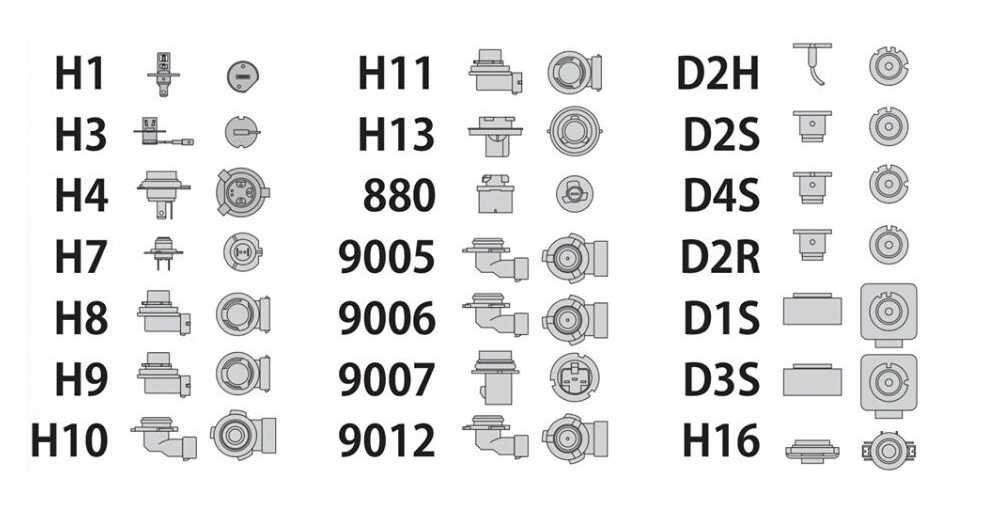
For fixing the information video.
Using Adapters
It happens that it is not possible to find a lamp of the required design for use. Or repair work is carried out, there is a lamp at hand, but it does not fit the chandelier socket. For such cases, repairmen usually have with them adapters.
Another common situation is that there is not enough light from E14, even with powerful LED variants. E27, on the other hand, could do the job. Or one E27 bulb is not enough, and two would be just fine.
Such adapters are available on the market:
- Interdimensional. A standard option when, for example, you need to switch from E14 screw to E27 screw.E14-E27.
- Inter-type. These are used so that from one design base change to another, e.g. the changeover from E27 screw to GU10 pin.E27-GU10.
- Splitters. Two or even three bulbs can be screwed to one socket at once. These adapters are presented mainly for Edison bulbs.E27 TO 3 E27.
Adapters do help to solve certain problems, but they also have one disadvantage - lengthening the design. An additional element appears between the socket and the base, so the lamp can stick out of the plafond a lot.
